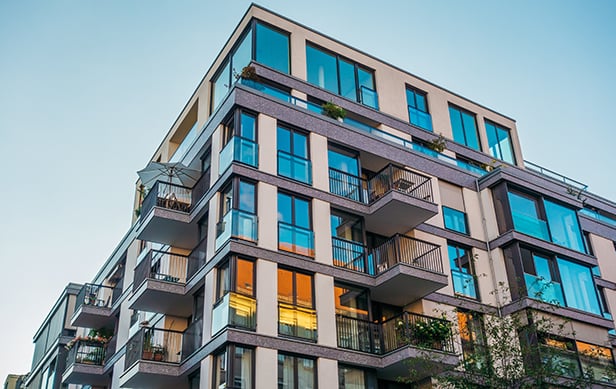In a new report, Robert Bach, Chicago-based chief economist for Santa Ana-based Grubb & Ellis, says "there are key differences between current conditions and those of the previous market contraction in 2001 and 2002." He points out that the US office market posted 24.5 million sf of positive absorption from third quarter 2007 until June 30, 2008, in comparison to 38.9 million sf of negative absorption in the contraction of 2001 and 2002. Overall class A asking rents have also continued to increase, up 7%, compared to a decline of 6.3% during the previous cycle.
Bach's report shows growing sublease space in the suburban markets of South Florida, Atlanta, Austin, and Central and Northern New Jersey. Although Atlanta "has mirrored the national market with an increase in sublease supply of suburban class A properties," Bach finds, adding rapid growth in medical and life sciences industries "has served to keep the market in positive absorption territory as of midyear."
Chicago thus far has countered the national trend toward suburban sublease space, with the majority of its increase in sublease focused in the city's CBD. Despite the recent jump to 6.4 million sf of available space, the market is far below the 12.6 million sf available during the downturn of 2001-2002.
One market suffering most from sublease space is Orange County, CA, where sublease inventory has soared by 52% during the past year, driven by consolidations and reductions in mortgage banking, software, training and legal industries. In nearby Los Angeles County, the residential real estate downturn is emptying office space in the Tri-Cites submarket of Glendale, Burbank and Pasadena as well as in the northern part of the county.
The impact of sublease space in any given submarket "boils down to how competitive the space is compared to existing alternatives," Bach states in his report. "Tenants looking to market sublease space are in a more favorable pricing environment compared to the previous cycle as overall asking market rental rates have yet to decrease."
Bach expects additional sublease space will become available in the coming quarters, predicting the majority will be suburban class A buildings. But, he adds "current conditions better position tenants to mitigate their losses than in the previous softening cycle." The report contrasts the broad market fundamentals in this downturn versus the previous cycle, pointing out that fundamentals in general have remained positive during this contraction.
During the downturn of 2001-2002, Bach says "developers reacted to dissolving demand by tabling new projects." In contrast, developers this time have continued to kick off new projects, with the current construction pipeline passing the 100-million-sf mark in the second quarter for the first time since 2001.
© Touchpoint Markets, All Rights Reserved. Request academic re-use from www.copyright.com. All other uses, submit a request to [email protected]. For more inforrmation visit Asset & Logo Licensing.






